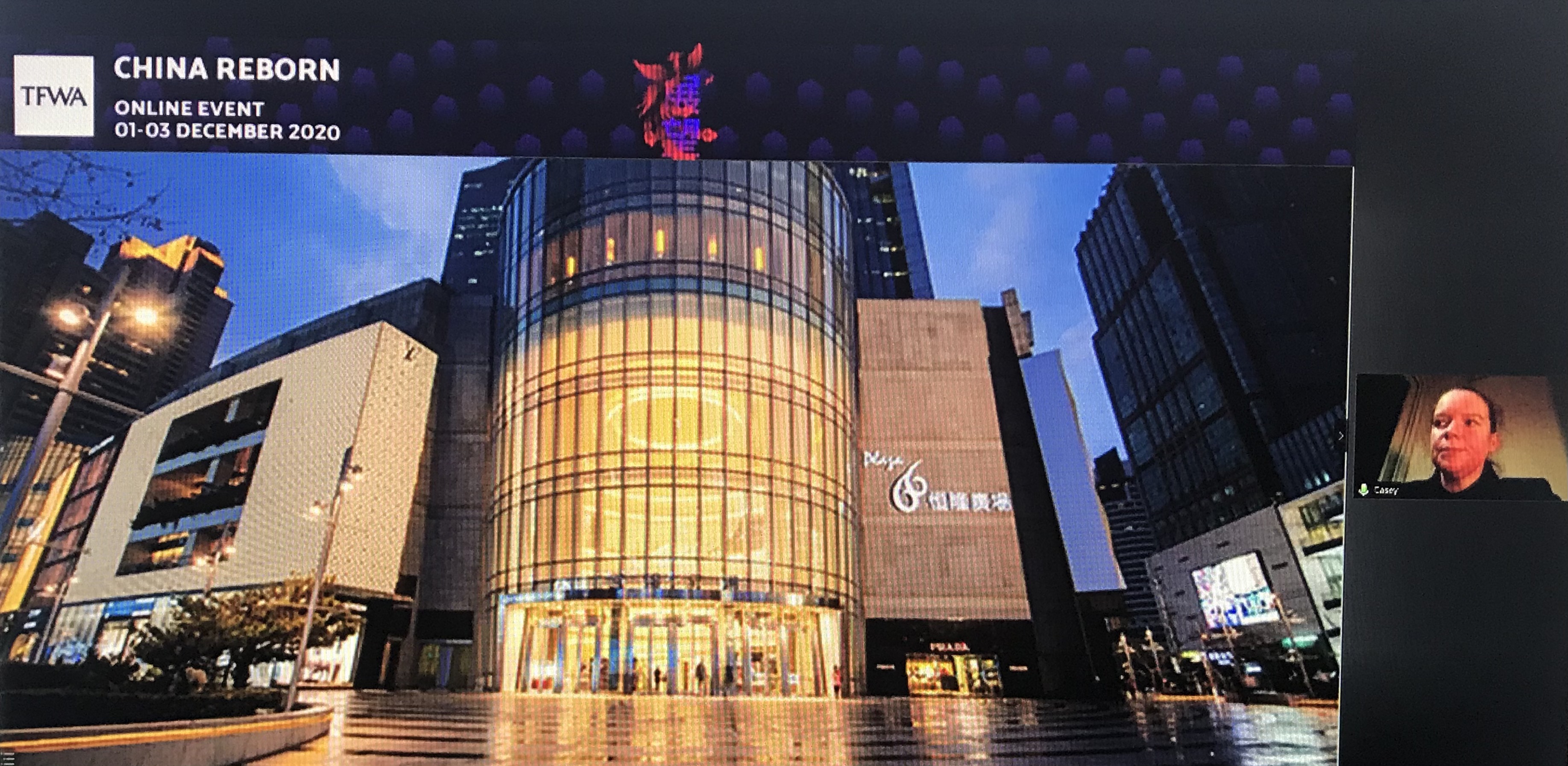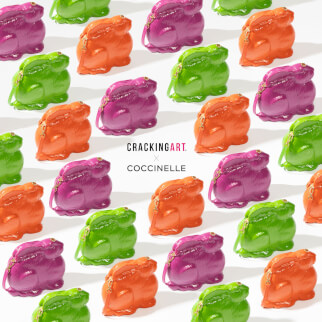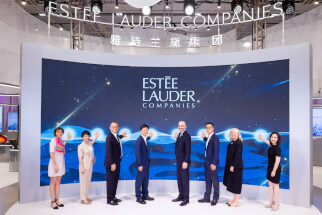China Reborn: the acceleration of existing consumer behaviors & trends

Located in Shanghai, Plaza 66 is one of the best-known luxury centers in the region and a reminder of the significant role that flagship stores continue to play in the discovery of luxury brands for new consumers
Having received over 5,000 livestream connections and positive post-event survey results, TFWA & CDFG’s virtual event, “China Reborn”, has been deemed a success. Taking place on December 1 – 3, the webinar session touched on the evolution of the market and consumer experienced during the gradual recovery of China. Hosted by Michele Miranda, Conference Manager, TFWA, the event’s closing episode, “China and the World” focused on the bigger picture.
Since April of this year, the tracking of consumer recovery and studying of segments, brands, behaviors and trends that have emerged from the country’s “post-pandemic consumer reality” has led to a shared conclusion: the recovery has accelerated existing consumer behaviors and trends. Leading this topic of discussion, Casey Hall, Asia Correspondent, Business of Fashion, noted the following as “The Great Accelerators”: category growth, rehomed Chinese luxury spend, reliance on Chinese consumers, digital adoption and importance of non-traditional luxury centers.
According to Hall, with the embracing of health, wellness and lifestyle, sportswear, beauty and skincare brands are experiencing a strong bounce back. Targeting young, urban women with an increasing interest of self-expression through physical appearance, brands such as Lululemon & Nike are supporting the shift in tradition among the new generation. As a result of circumstance and quarantine, the acceptance of Chinese brands – particularly, among Millennials and Gen Z – will contribute to the rolling out of more physical stores in 2021.
The rehoming of Chinese luxury spend is the most relevant accelerator to the travel retail and duty free sector. Although the resurgence won’t be enough to make up for the global decrease in luxury spending, the growth of luxury brands in the Chinese market in the second half of this year (40%-60%) will support the list of differentials. Although the average Chinese consumer is comfortable with e-commerce & m-commerce business, traditional luxury centers, complexes and flagship stores continue to play a significant role in the discovery of luxury brands for new consumers. Since the in-store and on-site experience of pop-ups, installations and exhibitions are irreplaceable, luxury brands will need to examine their physical space and retail presence.
Located in Shanghai, Plaza 66 is one of the best-known luxury complexes in the region with a number of flagship stores. Defined as one of the “largest beneficiaries of this rehoming trend”, the city experienced 100% growth of luxury brands throughout 2020. It’s expected that in terms of the compound annual growth rate, China will account for more than one third of all luxury spending worldwide by 2025. However, Hall comments that the greatest challenge for luxury brands over the next twelve months will be learning how to maintain this growth, especially when shoppers are no longer confined to remaining at home or in-country.
The global pandemic forced luxury brands to partner with several of China’s major third-party platforms in order to expand reach. During lockdown, with many people “desperate for action entertainment”, livestreaming emerged as a primary trend and international brands leveraged this digital tool. In July, Trip.com, online travel agency in China, hosted a livestream to sell tour and hotel vouchers to use in the future. With 2M+ viewers, all of the vouchers quickly sold out. Although some consumer trends will end with a full recovery and the distribution of a vaccine, Hall shares that livestreaming is here to stay. “[Livestreaming will be an issue for travel retail. Based on offering people the best deals and promotions, this trend has tapped into the value segment of Chinese consumers with competitive pricing,]” she explains.
Although there are still traveling restrictions in place, there has been a significant increase in domestic travel and offshore duty free shopping in China. Hall concluded her segment with a number of key concepts to consider moving forward: the translation of revenge shopping into revenge traveling, the balancing of domestic travelers with domestic daigou shoppers and the likelihood that visitors will return to Hainan in 2021.










